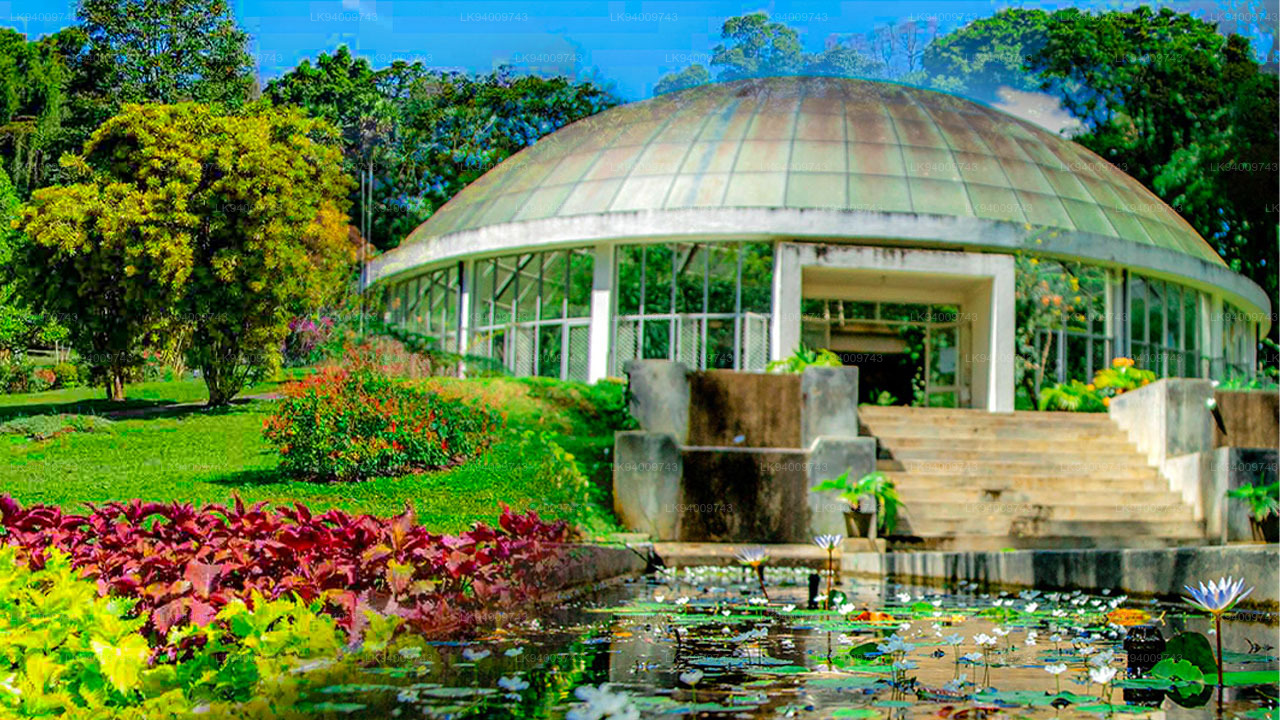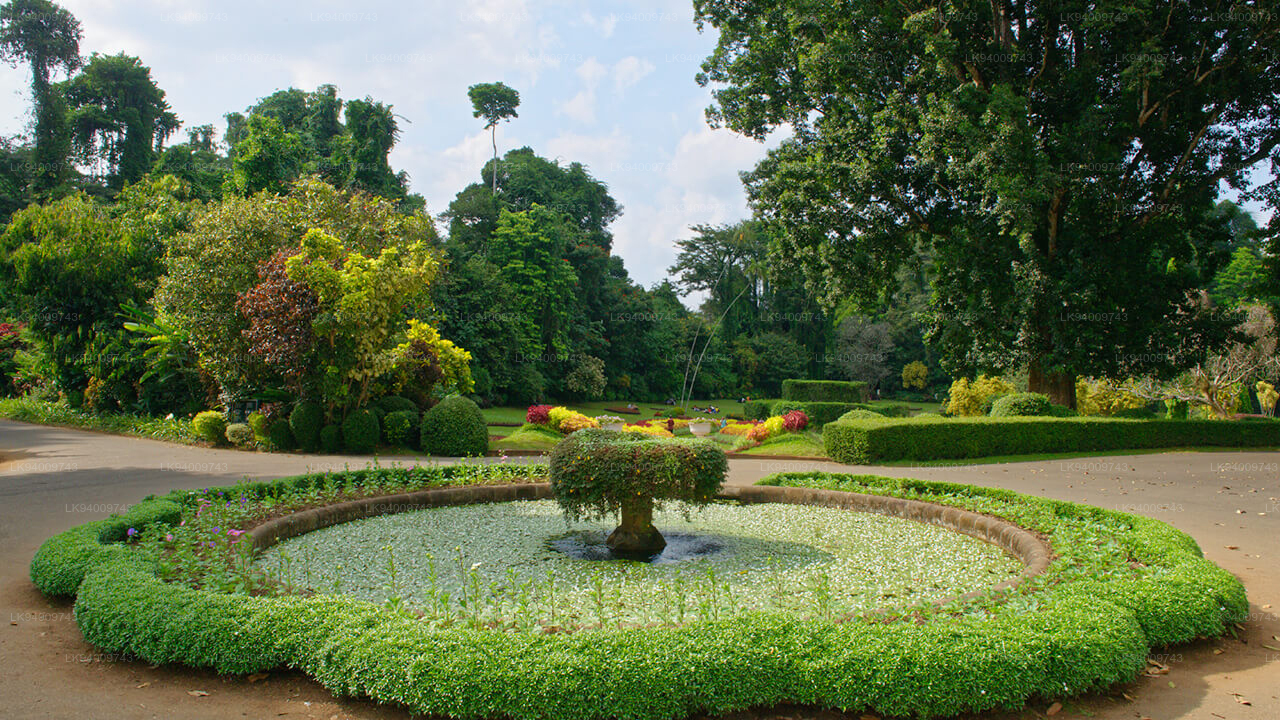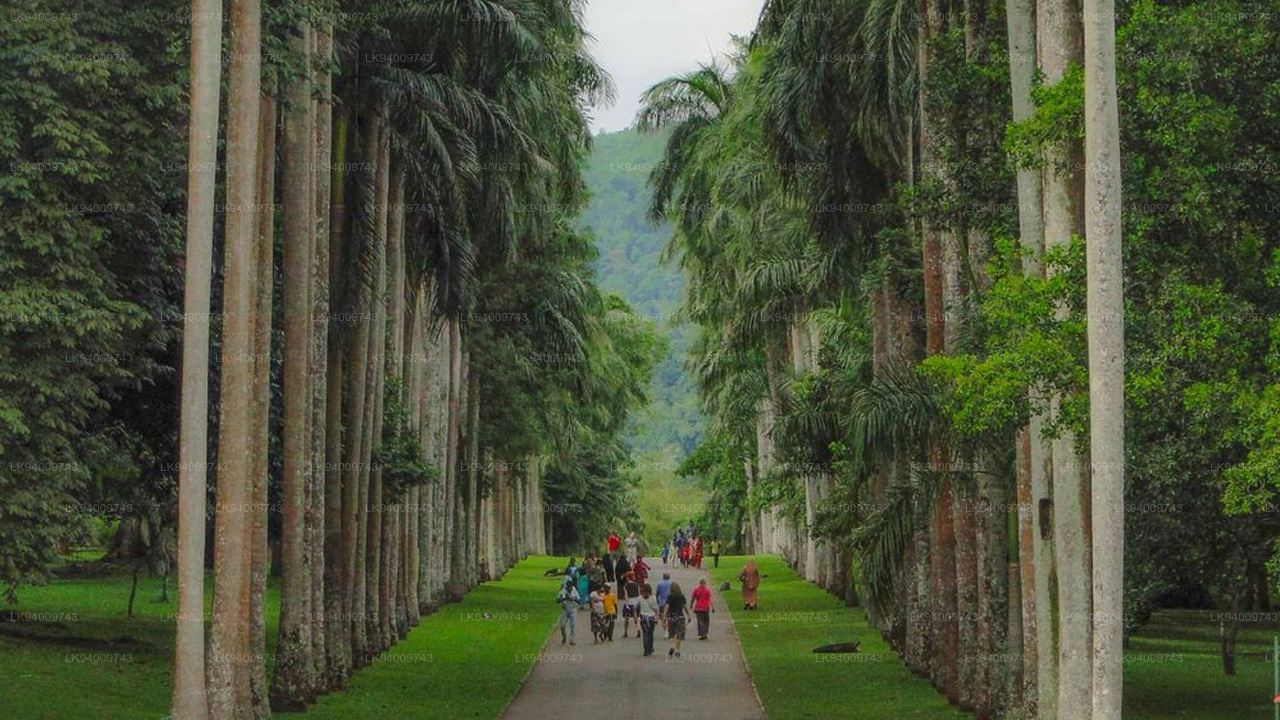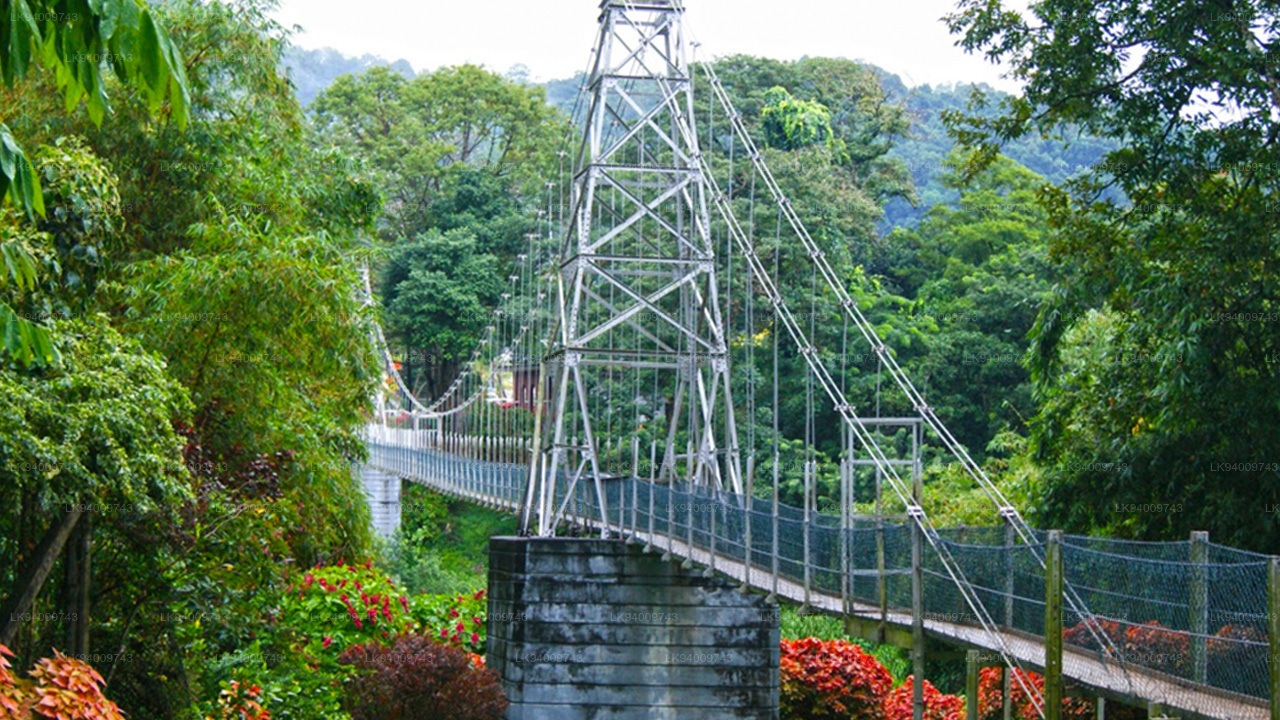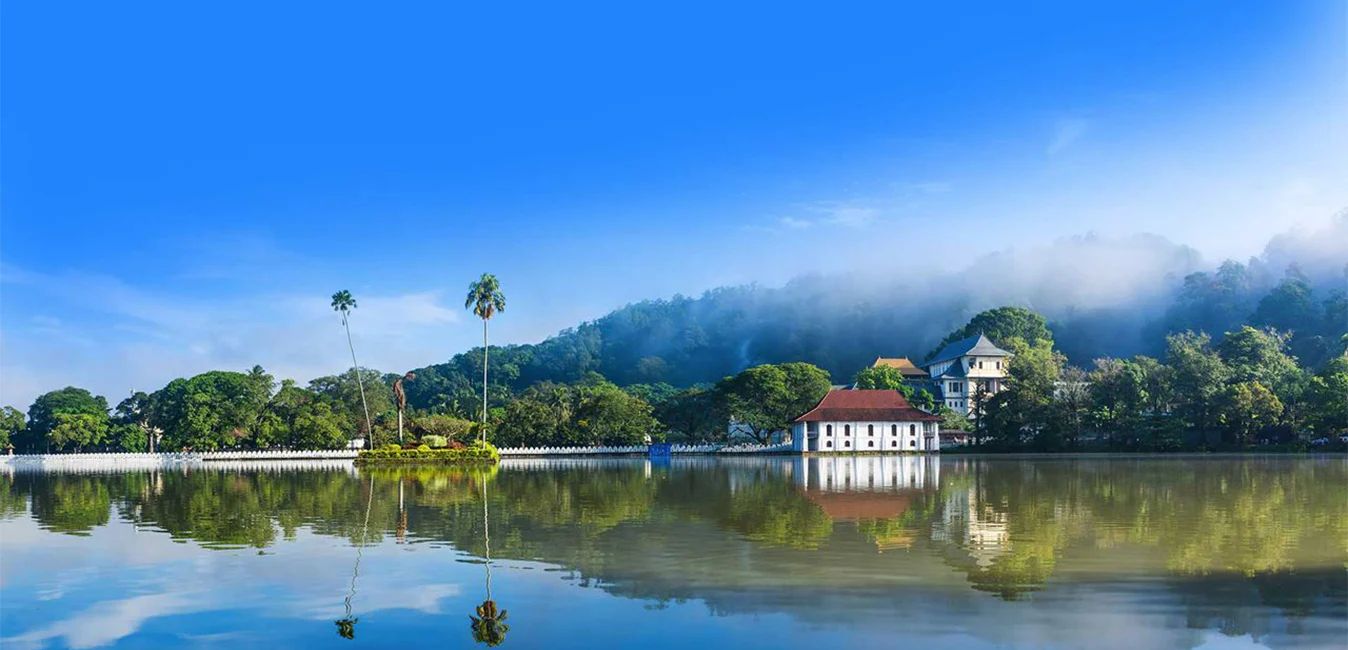
Kandy City
Kandy, a picturesque city in central Sri Lanka, is renowned for its rich cultural heritage, vibrant festivals, and scenic beauty. Nestled amidst lush hills, it is home to the Temple of the Tooth Relic, a UNESCO World Heritage Site, and offers a captivating blend of history and natural splendor.
Peradeniya Royal Botanical Garden
Botany is the scientific study of plants. There are over 315,000 plant species around the world. The number continues to increase as new species continue to be discovered. Botanical gardens aim to collect, cultivate and display as many plants as possible, all labelled under their botanical names.
5 Common Things about all Botanical Gardens
- They often contain plants from all over the world, as well as specialist collections such as cacti or orchids.
- There may be special climate controlled areas such as Greenhouses or Shadehouses, with special collections such as tropical plants or alpine plants.
- Botanical gardens host tours, art exhibitions, theatrical and music productions, educational displays and other entertainment.
- They are often run by universities or research organizations.
- Botanical gardens usually run research programmes in some aspect of botanical science.
The Beginnings of Botanical Gardens
Botanical Gardens began their life as medieval medicinal gardens called ‘physic gardens’ in Europe. They were initially founded in the 16th century during Italian Renaissance period though some records prove the existence of small scale physic gardens as early as the 14th century.
As botany was established as a subject separate from medicine in the 17th century, plant imports from explorations around the world began to be cultivated. During the 18th century proper methods plant classification and cultivation of foreign plants became known and many botanical gardens were established in tropical countries. The Royal Botanical Gardens in Kew near London played a central role in uniting the various botanical researches being conducted in the other gardens.
As the years have passed botanical gardens have taken a major place in culture and botany. They have been places of great advances in science and horticulture.
The Royal Botanical Gardens, Peradeniya, Sri Lanka
Base Facts
Name Royal Botanical Gardens Founding year 1821 Placement 5.5 km West of Kandy in the Central Province Average Visitors per year 2 million Approximate number of plant species Over 10,000 including 4000 labelled species Total Area 147 acres Height above sea level 460m Number of Days of Rainfall per year 200 Managed by Division of National Botanical Gardens of the Department of Agriculture.
10 Interesting Things you should know about the Royal Botanical Gardens of Peradeniya
- It is the best botanical garden in the whole of Asia.
- The gardens are attached to the National Herbarium of Sri Lanka.
- The Orchid House with its large variety of orchids are highly reknowned.
- Before the botanical gardens were formed, the place was the court of King Wickramabahu III in 1371.
- Later a temple was built on the site, but was destroyed by the British.
- Alexander Moon began the initial groundwork for the gardens in 1821, when he used it for the cultivation of cinnamon and coffee.
- The garden was formally established in 1843 with plants brought in from Royal Botanical Gardens in Kew, Britain.
- The gardens came under thepurview of the Department of Agriculture in 1912.
- The gardens include the historical Cannonball Tree planted in 1901 by King George V and Queen Mary of the United Kingdom.
- The Royal Botanical Gardens of Peradeniya was used as the SouthEast Asian Headquarters of the Allied Forces during the Second World War.
Please contact Lakpura for more information on visiting the Royal Botanical Gardens of Sri Lanka.
About Kandy District
Kandy district is situated in the centrel province of Sri Lanka. One of the seven World Heritage Sites in Sri Lanka, Kandy was once home to the Kandyan Kings of yore in the 16th-century and a fountainhead for all the music, arts, crafts and culture in the country. About 129 km away from Colombo, Kandy is ensconced amongst a hilly terrain and all eyes are drawn to the centre of the city, where the Kandy Lake forms a charming feature. Kandy retains great religious significance for Sri Lanka, because it is in this charming city that the Dalada Maligawa or "Temple of the Tooth" is located, within which the sacred tooth relic of Lord Buddha lies well guarded.
The Royal Botanical Garden, Peradeniya is situated about 5 km to the west of the city centre at Peradeniya and is visited by 1.2 million people per year. It is the largest botanical garden on the island. The Udawatta Kele (Udawatta Forest) is a protected sanctuary situated in the heart of the city, just north of Temple of the Tooth.
Kandy is a Sinhala majority city; there are sizeable communities belonging to other ethnic groups, such as Moors and Tamils. Kandy is second only to Colombo the center of the Sri Lankan Economy. Many major co operations have large branch officers in Kandy and many industries include textiles, furniture, Information Technology and jewellery are found here. Many agriculture research centers are located in the city.
And a fountainhead for all the music, arts, crafts and culture in the country. About 129 km away from Colombo, Kandy is ensconced amongst a hilly terrain and all eyes are drawn to the centre of the city, where the Kandy Lake forms a charming feature. Kandy retains great religious significance for Sri Lanka , because it is in this charming city that the Dalada Maligawa or Temple of the Toothis located, within which the sacred tooth relic of Lord Buddha lies well guarded.
About Central Provincce
The Central Province of Sri Lanka consists primarily of mountainous terrain. The province has an area of 5,674 km², and a population of 2,421,148. Some major towns include Kandy, Gampola (24,730), Nuwara Eliya and Bandarawela. The population is a mixture of Sinhalese, Tamil and the Moors.
Both the hill capital Kandy and the city of Nuwara Eliya are located within the Central Province as well as Sri Pada. The province produces much of the famous Ceylon tea, planted by the British in the 1860s after a devastating disease killed all the coffee plantations in the province. Central Province attracts many tourists, with hill station towns such as Kandy, Gampola, Hatton and Nuwara Eliya. Temple tooth or Dalada maligawa is the main sacred place in Centrel province.
The climate is cool, and many areas about 1500 meters often have chilly nights. The western slopes are very wet, some places having almost 7000 mm of rain per year. The eastern slopes are parts of the mid-dry zone as it is receiving rain only from North-Eastern monsoon. The Temperatures range from 24°C at Kandy to just 16°C in Nuwara Eliya, which is located 1,889 m above sea level. The highest mountains in Sri Lanka are located in the Central Province. The terrain is mostly mountainous, with deep valleys cutting into it. The two main mountain regions are the central massif and the Knuckles range to the east of Kandy.

